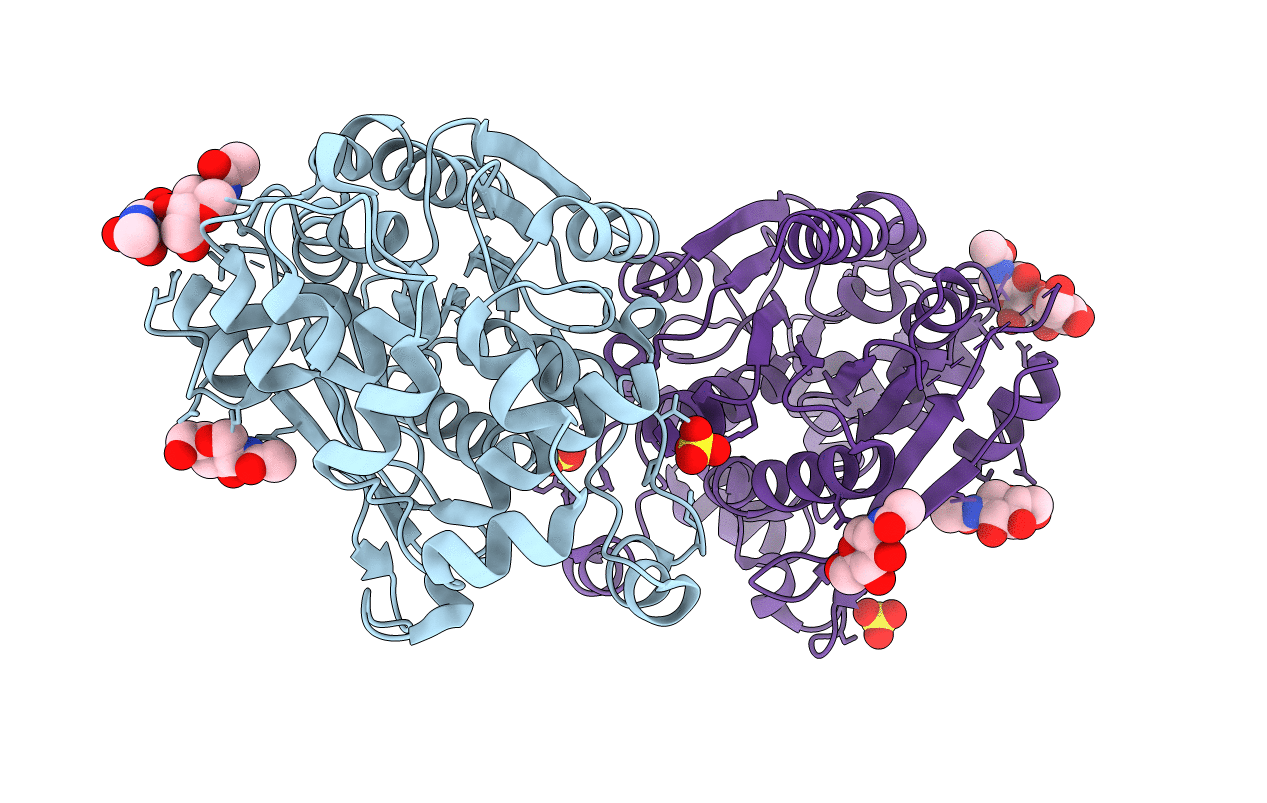
Deposition Date
2019-12-09
Release Date
2020-06-17
Last Version Date
2024-11-20
Entry Detail
PDB ID:
6V7N
Keywords:
Title:
Crystal Structure of a human Lysosome Resident Glycoprotein, Lysosomal Acid Lipase, and its Implications in Cholesteryl Ester Storage Disease (CESD)
Biological Source:
Source Organism:
Homo sapiens (Taxon ID: 9606)
Host Organism:
Method Details:
Experimental Method:
Resolution:
2.62 Å
R-Value Free:
0.22
R-Value Work:
0.18
R-Value Observed:
0.18
Space Group:
P 21 21 2


